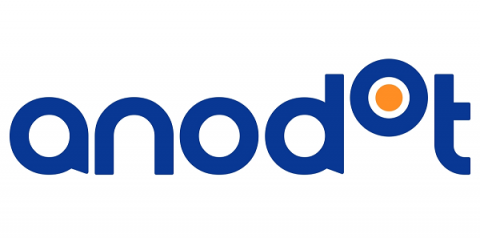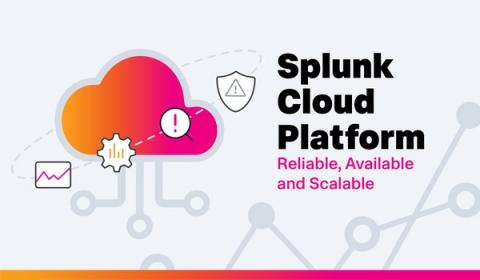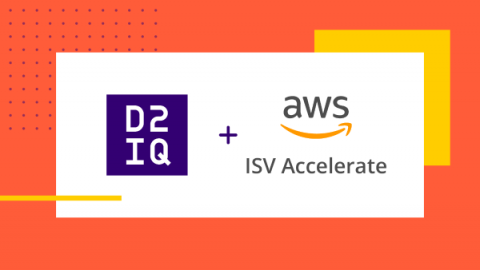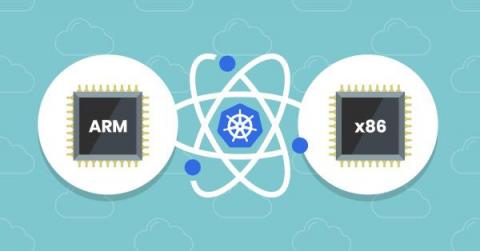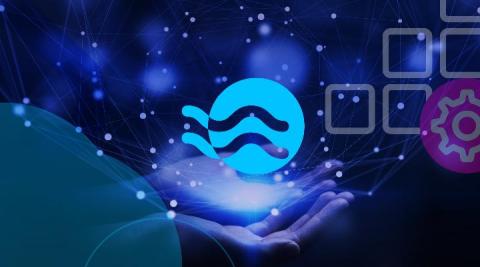Amazon S3 Cost Optimization Best Practices
Amazon Simple Storage Service (S3) is an essential cornerstone of AWS and among its most popular service offerings. S3 allows tenants to store, secure, and retrieve data from S3 buckets on demand. It is widely used for its high availability, scalability, and performance. It supports six storage classes and several use cases, including website hosting, backups, application data storage, and data lake storage. There are two primary components of Amazon S3: Buckets and Objects.


